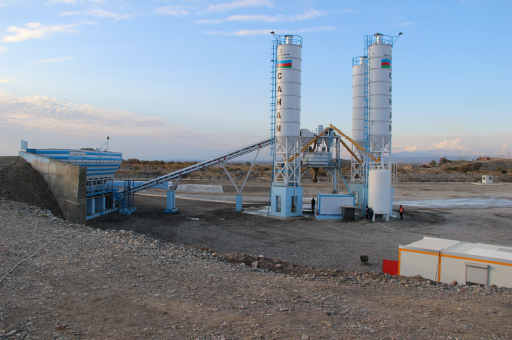
How is Concrete Produced?
Concrete batching plants mix various constituents necessary for the production of concrete. These components are typically cement, water, sand, gravel, and sometimes additives. The following are the main components of concrete batching plants:
Cement: Cement, which is the main constituent of concrete, ensures the settlement of concrete when mixed with water. It is a powder comprised of cement, limestone, clay, and various minerals.
Water: Water, another main constituent of concrete, is necessary for cement to solidify. Water brings the concrete mixture to a muddy consistency and ensures its fluidity during the placing of concrete.
Sand: It is one of the fine aggregates that allows the concrete to settle. Sand increases the strength of concrete and increases the processibility of concrete.
Aggregate: It is one of the coarse aggregates that allows the concrete to settle. Aggregate increases the strength and the durability of concrete.
Additives: Some concrete mixtures contain special additives to improve the properties of the concrete. Additives may speed up the settling time of concrete, control the fluidity of concrete, increase the durability of concrete, and improve other properties of concrete.
These constituents are mixed with certain proportions in concrete batching plants to produce high-quality concrete. The components and proportions of concrete may vary depending on the area of use of concrete, environmental conditions, the requirements of the construction project and other factors.






